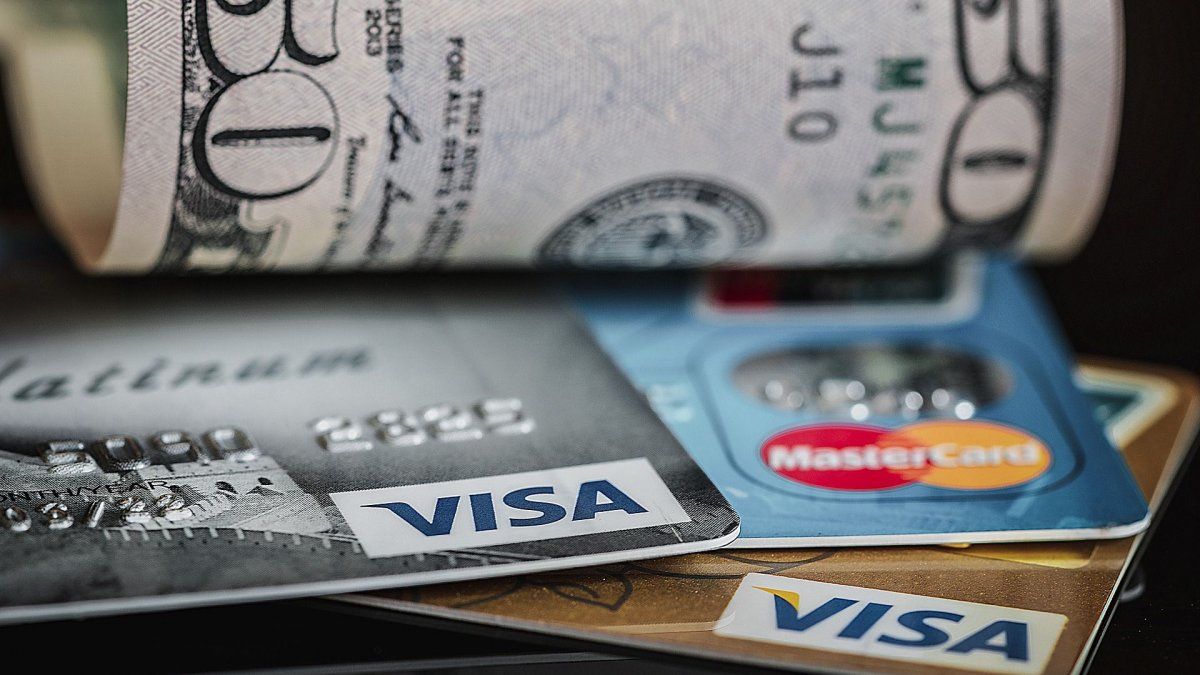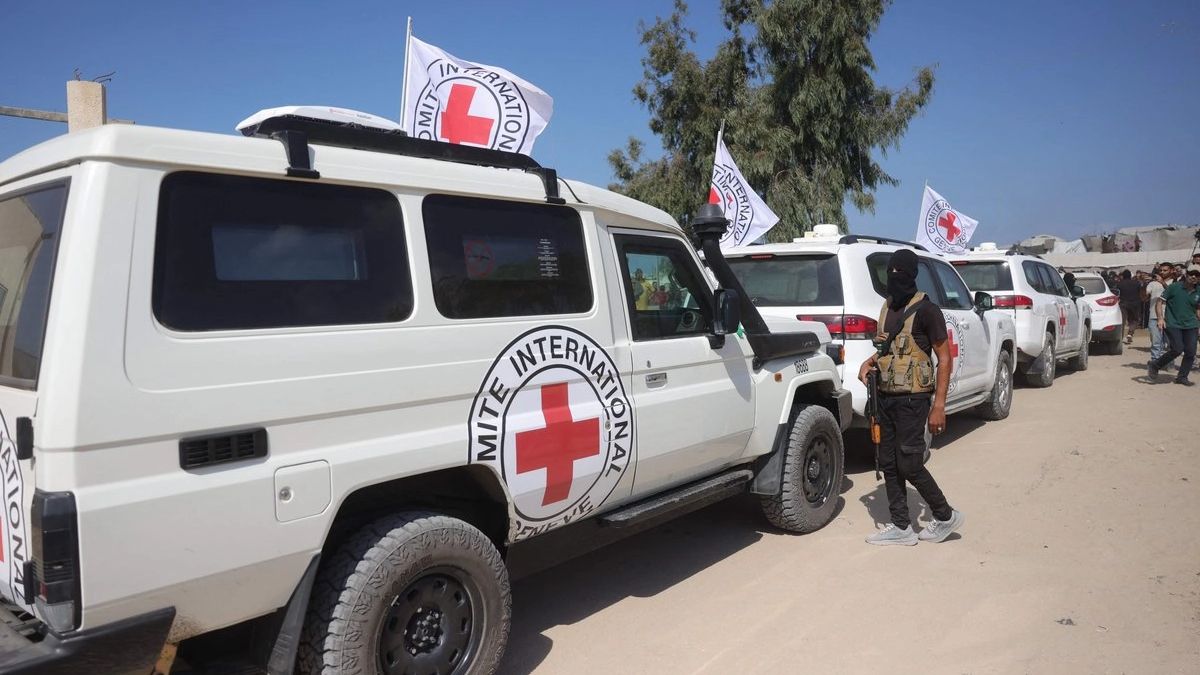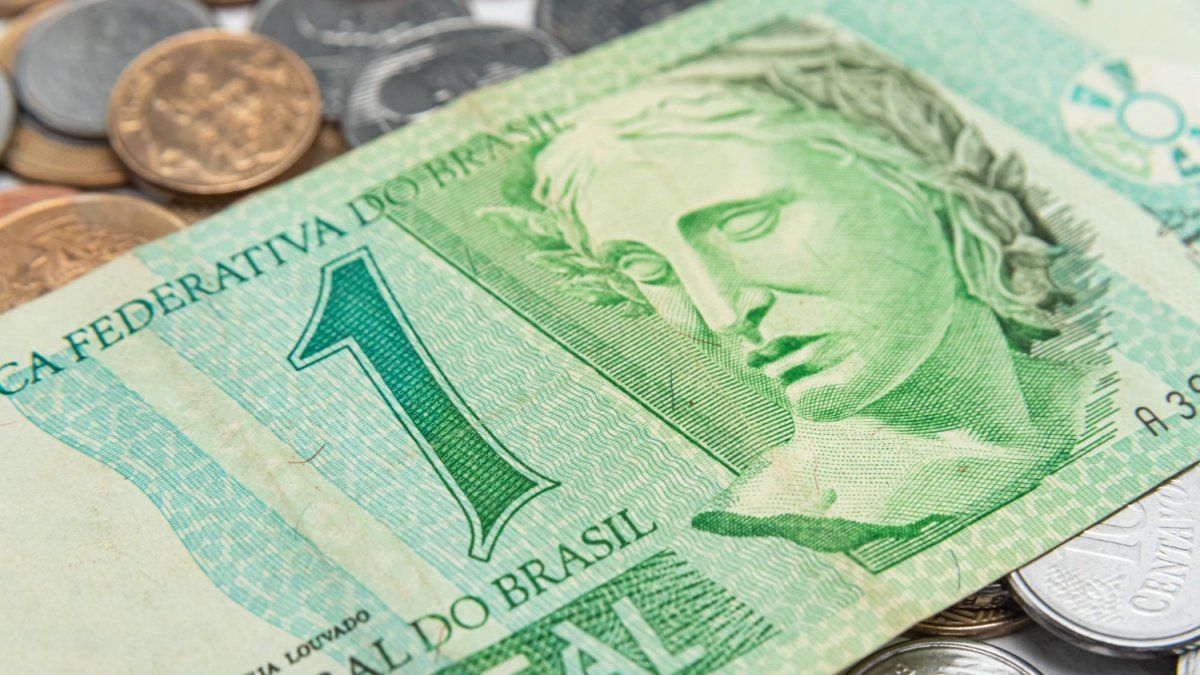The shooting of the financial and blue dollars of recent days, as a result of the difficulty of the central bank (BCRA) to buy reserves and the devaluation pressure that the market is exerting, is beginning to cause concern because it threatens to open a new front of loss of foreign currency for the regulator. monetary through the dollar card.
“Today, a large part of the payments for services abroad were made with the financial dollar that was poured in from exports. With the change, it could now encourage greater purchases from the formal segment, thus increasing the pressure on the accumulation of reserves,” he warns in this regard. Ambit Economist of Eco Go Sebastian Menescaldi.
And although the possibility of paying expenses abroad with a dollar card is valid, as well as the quota of US$200 in savings dollars, during the current administrationthose exchange rates had lost attractiveness for Argentines due to the price difference with the MEP, the CCL and the blue, which were much more accessible.
To give an example of this phenomenon, we can mention that, after the blue skyrocket, The gap with the dollar card fell to levels prior to the December devaluation.
And it is that since the assumption of Javier Mileihe dollar card It was positioned as the most expensive on the market, reaching values that discouraged the use of cards for spending abroad. In these cases, it was preferable to pay with dollars acquired in the blue market or through the MEP dollar, or to use credit cards but settle the balance with dollars in cash or from the savings account.
However, the recent widening of the exchange rate gap, which exceeds 50%, has altered this dynamic. If the upward trend in parallel dollars continues, it could be cheaper to pay for all purchases with a card, even applying all taxes.
Dollar card: the “hack” for payments abroad
Following the devaluation implemented by the current Government, the card dollar was above the financial dollars. However, the recent rise of the blue dollar and the MEP dollar has significantly reduced this difference. Since card payments are settled 30 days after they are made, Today it is more advantageous to use a credit card and decide how to pay when the statement is due.
The advice is to use the card for purchases and, at the time of closing, evaluate whether it is convenient to acquire dollars in the financial market through the MEP dollar or, if the card dollar It’s already higher, paying in pesos. Even if you already have dollars for the tripIt is advisable to pay by card and, when the statement expires, decide whether to use those dollars or sell them and pay in pesos.
The dollar card quote varies depending on the bank, as it is calculated by adding 60% in taxes and fees to the official retail dollar. In detail, it includes a 30% surcharge for the COUNTRY TAX and an additional 30% on account of Income or Personal Property.
dollar card.jpg
The BCRA established a differentiated price for the dollar applicable to non-residents who spend with a card.
Currently, the average for the card dollar is $1,493.60, while the MEP dollar is around $1,400.
Beyond consumer advicethe possible convergence of the MEP dollar with the card dollar is a warning sign for the economic teamas it could reactivate the outflow of BCRA reserves for travel, tickets and other payments for goods or services with cards abroad.
But, returning to the financial market, with the surge of the last few days, which brought the MEP to almost $1,430, which is the sale value that the informal market marked this Tuesday, the possibility of paying with a card dollar is again cheaper than the stock market and the blue dollar. Meanwhile, the card or tourist dollar, and the savings (or solidarity) dollar $1,492.80, but with the deductions for the Income and Personal Property tax that can be recovered, the price is very similar to that of the financial market.
This is what the economist put forward, in fact, in a post on his social network X (formerly Twitter). Miguel Kiguel“With the widening of the gap and taking into account perceptions, today it is once again cheaper to buy tourist dollars than to pay with MEP dollars. That tap is opening again,” the tweet says.
This is a problem that is of particular concern at this time given that, although it managed to buy US$52 million in the first day of July and US$2 million in the second, the BCRA ended June with a negative balance of US$84 million in the official exchange market and has been having problems pocketing reserves in recent times.
Source: Ambito
I am a 24-year-old writer and journalist who has been working in the news industry for the past two years. I write primarily about market news, so if you’re looking for insights into what’s going on in the stock market or economic indicators, you’ve come to the right place. I also dabble in writing articles on lifestyle trends and pop culture news.




